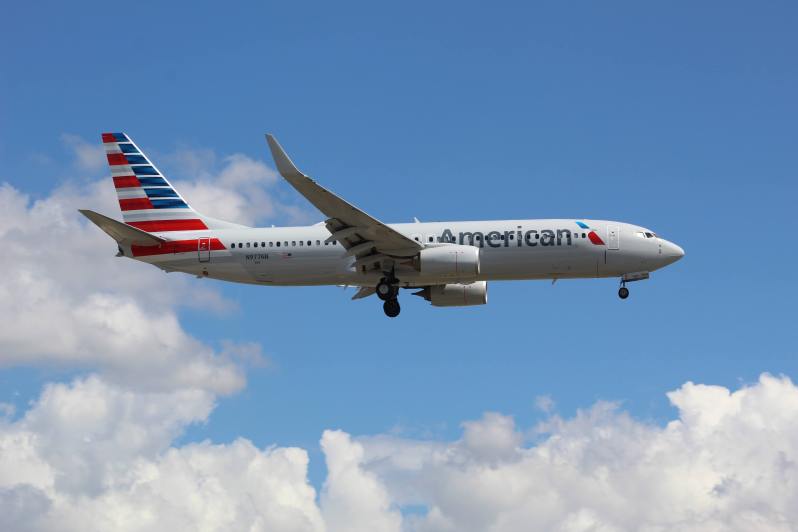
For many travelers, the allure of first-class air travel is undeniable. The extra legroom, gourmet meals, and personalized service create an experience that’s a world apart from economy class. However, the cost of upgrading to first class can often be a deterrent. But what if we told you that there are budget-friendly options for first-class flights? A recent study by Upgraded Points sheds light on the best airlines to fly first class on a budget within the United States.
The study
Upgraded Points conducted an extensive study analyzing the price variations in first-class tickets across four major U.S. airlines and twelve of the busiest domestic flight routes. The study meticulously gathered ticket price data from Google Flights, focusing on the 12 busiest domestic flight routes within the U.S.
To ensure a comprehensive representation of pricing trends, both peak and non-peak departure dates were considered. The costs were then averaged to determine one-way ticket prices for both economy and first-class seating. It’s important to note that the study excluded U.S. airlines that do not offer first-class or lacked sufficient data on the analyzed routes.
Delta Air Lines first class
Delta Air Lines emerged as the front-runner in the study, but with a caveat – it charges the highest premiums for first-class tickets. Passengers opting for first class can expect to pay $284.55 more for a one-way ticket compared to economy. Despite the premium, Delta Air Lines has recently upped its game by introducing new first-class seats with privacy partitions, adjustable neck cushions, and additional storage space, making it a competitive choice for those willing to splurge.
Alaska Airlines first class
Alaska Airlines stands out not only for its high first-class ticket price differences ($281.25) but also for its unique amenities. The airline goes above and beyond by serving food in its first-class cabins on flights as short as 550 miles. This catering to shorter flights sets Alaska Airlines apart from most other legacy carriers that typically reserve in-flight dining for journeys longer than 900 miles.
United Airlines first class
United First Class offers a more budget-friendly option for travelers looking to experience first-class comfort without breaking the bank. With a price difference of approximately $250.23 between economy and first class, United Airlines provides an enticing opportunity to enjoy an elevated flying experience.
American Airlines first class: The Most Affordable Deal
Among the airlines studied, American Airlines first class is the clear winner in terms of affordability for travel. Passengers can expect to pay just $235.85 more for a one-way first-class ticket compared to economy. This makes American Airlines an attractive choice for those seeking a premium experience without a hefty price tag.
Average Premium for first class
On average, passengers traveling within the U.S. can anticipate paying a premium of $262.97 per flight (one-way) or over $525 (round-trip) when choosing a first-class ticket. This figure underscores the appeal of budget-friendly options like those offered by American Airlines and United Airlines.
Conclusion
While the lap of luxury may come at a price, there are notable exceptions for travelers seeking first-class experiences on a budget within the United States. Delta Air Lines, despite its premium pricing, offers cutting-edge amenities, making it a top choice for those willing to splurge. Alaska Airlines’ unique dining options and United Airlines’ budget-friendly fares are also worth considering. However, the title of the most affordable deal goes to American Airlines, which provides a premium experience without a substantial price difference.
Ultimately, the best airline for you will depend on your priorities and budget. Whether you prioritize luxury or affordability, this study by Upgraded Points offers valuable insights to help you make an informed choice and ensure your first-class travel experience is both comfortable and cost-effective.



